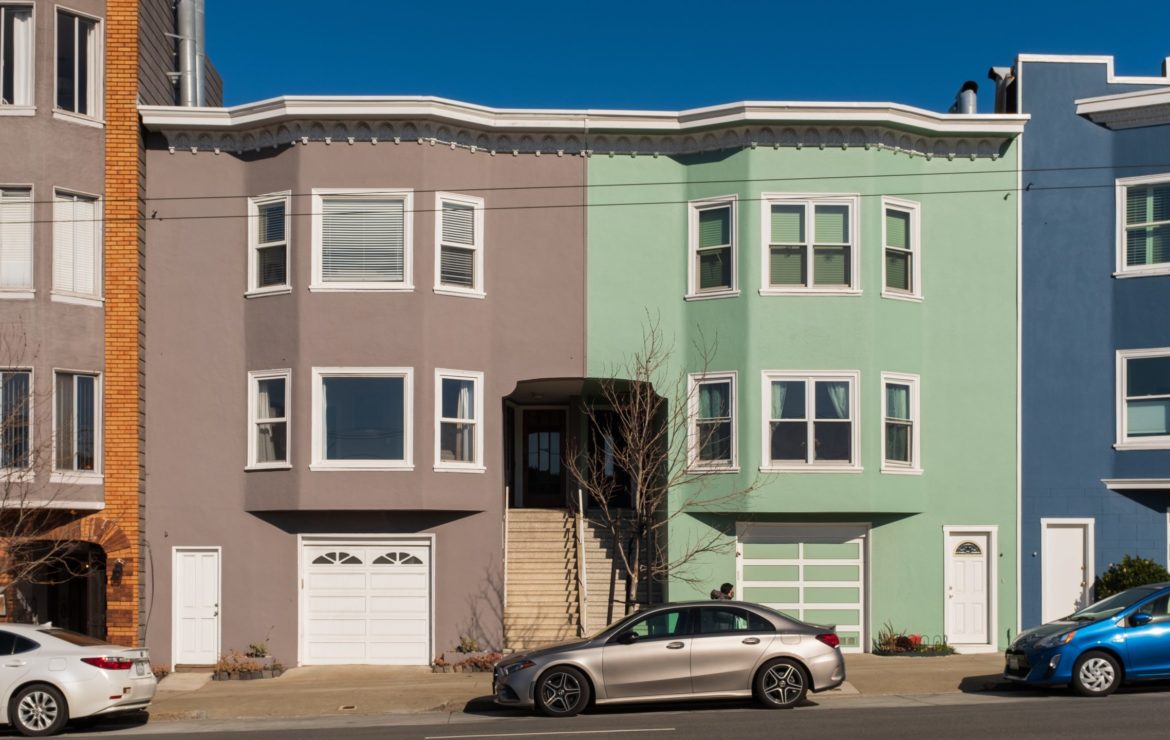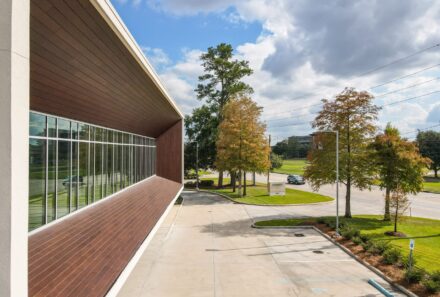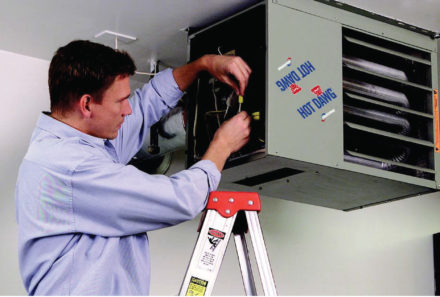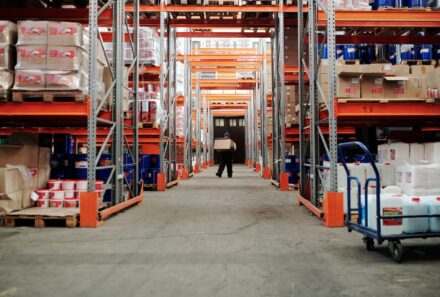
What You Need to Know About Unit Heaters
As daylight hours decrease steadily over the next few months and temperatures drop, the time to discuss heating needs is now. Inadequate heating solutions can spell disaster for your greenhouse plants. Without a unit heater, ice can damage your warehouse equipment. Heating your garage can ensure a comfortable environment when going to and from vehicles or make it possible to work on projects every month of the year. This blog outlines what you need to know about unit heaters and how they can heat commercial and residential spaces.
What are unit heaters?
Unit heaters are modern single-source heating technology used to warm a given space. Each unit comes with a heating element and a fan or a blower. These heating devices are usually installed on the ceiling of the building and provide far more powerful heat than space heaters. In addition, you can install them vertically or horizontally to accommodate the geography of your space.
Vertical units work well in spaces with high ceilings, narrow rooms, or where there are obstructions that make it difficult to install a horizontal unit. Vertical units may be positioned to work in tandem with each other, arranged on the room’s ceiling. On the other hand, horizontal units fit spaces with low ceilings and few obstructions. These units are placed in areas where heat loss is more of a concern, such as next to windows plus along the perimeter of the room, to keep the heat from escaping.
Do unit heaters have fans?
Many unit heaters include fans or blowers, including Modine’s unit heater options. The fan or blower components “throw” the heated air around the room. It’s important you have the proper size unit heater to evenly and efficiently distribute the air throughout the space. Additionally, large spaces may require multiple units configured by an HVAC professional to properly heat the space.
What is the history of unit heaters?
The history of heating technology goes back thousands of years, but modern iterations of unit heaters have their roots in the 1700s. In 1735, John Desaguliers installed the first modern heating blower in the British Houses of Parliament. It took some time for the technology to make its way to the U.S.
The first U.S. fan-type system altered airflow in the House of Commons in Boston in 1846. The technology continued to evolve as innovators staked their claim leading to the development of “hot blast” systems in the 1890s.
Thermostats were developed by necessity in the late 19th century when people needed higher levels of control over the heating capabilities of the systems described above. Professor Warren Johnson of Wisconsin patented a thermostat in 1885 that operated on steam-based systems. Around the same time, energy companies began to invest in gas heating technology. Wartime innovation led to electric gas valves pairing with thermostat technology more seamlessly.
By the 1920s, heating systems supported by gas heating elements, fans or blowers, and thermostats saw widespread adoption. Every day consumers and commercial enterprises could reap the benefits of ambient heating.
The Energy Policy Act of 2005 established national standards for unit heaters, and all must now have intermittent ignition devices and have either power venting or an automatic flue damper. Even if unit heaters abide by current standards, your options differ in terms of installation costs and efficiency. High-efficiency unit heaters are your best bet to achieve the desired performance at the price point you need.
What are the different types of unit heaters?
Unit heaters differ in the energy source they use to create ambient heat. Each self-contained system can be powered by electricity, gas, oil, steam, or hot water. Before deciding which unit heater to install, determine what fuel sources are available in your building. Most modern buildings have access to electricity, natural gas, or hot water.
Unit heaters are excellent for buildings such as warehouses, greenhouses, garages, or workshops. Any space that does not already have a heating solution or is separate from a building’s central heating system can benefit from unit heaters.
Before you install a unit heater, it’s best to have a professional assess the situation. An install may require additional wiring or ductwork best addressed by a qualified professional. Modine has authorized contractors to ensure our products quick, safe, and easy installation. Authorized contractors can analyze your space and determine its energy requirements.
Depending on the size of your building or its energy needs, you may need to install one or more units to ensure the appropriate indoor air environment. Your configuration also depends on what you will use the space for. For example, a residential building has different needs than a commercial greenhouse. A standalone workshop detached from your primary residence may require a unique installation plan. The shape of the building, the amount and type of windows, and any existing electric or fuel infrastructure all impact your unit heater choice and installation process.
Are unit heaters efficient?
Conventional gas-fired unit heaters have efficiency ratings between 78-82 percent. Modine’s Effinity line of unit heaters achieves anywhere from 93-97 percent efficiency, optimizing energy efficiency. When looking for a unit heater, look for the following features to ensure you’re installing the most efficient option possible.
- Separate combustion—draw outdoor air to improve indoor air efficiency
- Energy Saver Controls—responsive systems automatically adjust to air temperature fluctuations
- Building Management System integrations—aim for frictionless installation
- AL29-4® stainless steel—minimize risk for corrosion, especially in spaces where there are chemical fumes or excess moisture
- 10-year warranty—install a unit heater that’s made to last
- Concervicore Technology—power exhaustion and dual heat exchanger technology ensures consistent performance
- BTUs that match your building’s needs—have an HVAC specialist calculate the right BTUs for your space
Modine’s Effinity line comes with all of the bullet points and more. We recommend you purchase a unit heater that meets our high reliability, efficiency, and performance standards.
What gas-fired unit heaters does Modine offer?
Effinity™ Commercial Gas-Fired Unit Heater
For building managers in the commercial space, Modine’s Effinity™ is one of the most efficient unit heaters available in North America for commercial and industrial gas-fired unit heaters. It operates at up to 97% thermal efficiency, introducing dramatic energy costs and CO2 emissions savings. Each unit can reduce CO2 emissions by thousands of pounds annually.
Our secondary heat exchanger technology and our robust tubular primary heat exchanger design create this efficiency. In addition, these units come equipped with Building Management System (BMS) integration capabilities, which allows them to be added to existing BMS quickly.
Hot Dawg® Separated Combustion Gas-Fired Unit Heater
The Hot Dawg® Separated Combustion Gas-Fired Unit Heater is a great option for small businesses, such as garages. The separated combustion unit draws 100% of the combustion air from outside, making it an excellent choice for those working in a woodshop or an area where you may regularly use flammable materials.
In addition, the unit reduces common concerns about dusty, dirty, or humid applications. The sealed compartment provides a barrier for the combustion gas valve, ignition control, manifold, and burners from the environment. Operating on natural or propane gas, the heater has 100% shut-off with continuous retry to allow for safe ignition. Our engineers designed this unit for easy installation one inch from the ceiling using only two angle brackets.
How do I choose a unit heater?
Modine’s engineers designed our range of electric, gas, and hydronic unit heaters to supply the necessary heating needs at a cost-effective rate. Plus, the size of these units makes them convenient for smaller workspaces like garages and provides the ability to heat complex spaces such as a greenhouse or factory.
Installation is easy as well. All you have to do is position it where you want, install the vent system, and connect the power and fuel source. Then, it’s ready to go.
Whether you are a homeowner looking to keep your garage warm while working on projects or a facility manager looking for the best heating option, Modine’s unit heaters provide the perfect solutions to keep you warm this winter. Contact us to create your winter heating plan before the cold hits.








